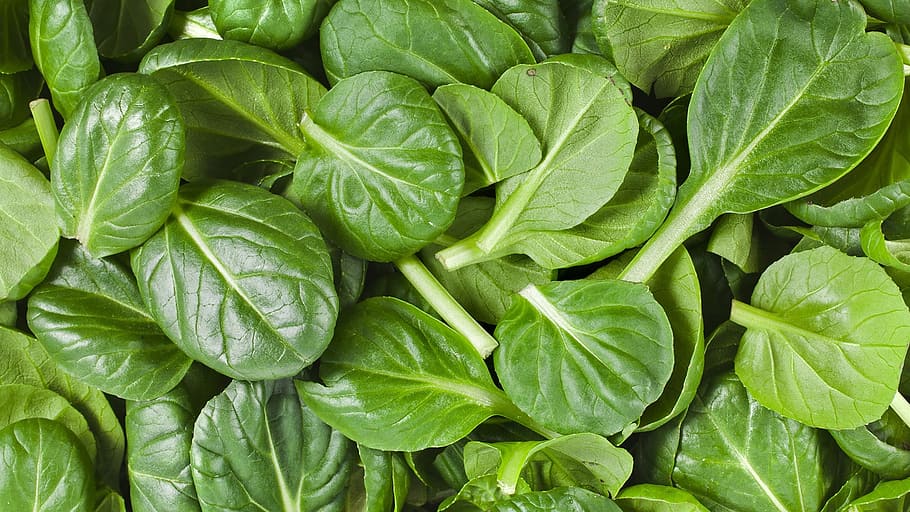
Firstly, introducing Auscrops, a high-tech market vending company bridging farmers and customers together through market vendors. Click here to find out more about Spinach Varieties as well fruit and vegetable offers.
Spinach Varieties
When discussing leafy greens, a particular favorite often comes to mind. Its versatility and rich nutritional profile have won the hearts of many. Yet, many aren’t aware of the diverse varieties available. Let’s explore the different types of this beloved vegetable.
The Classic: Savoy
Firstly, there’s the Savoy variety. This type is recognizable by its curly leaves and crinkled texture. Additionally, its dark green color and tender nature make it a favorite for fresh salads and sautés. Furthermore, its slightly bitter taste adds a unique kick to dishes.
Smooth and Versatile: Flat-Leafed
Contrary to Savoy, the Flat-Leafed type boasts smooth leaves. Its flavor is milder, and its texture is more delicate. Often used in salads and sandwiches, this variety is a go-to for many. Additionally, its faster growth rate makes it a favorite among gardeners.
For the Heat: New Zealand
New Zealand’s variety might surprise some. Unlike others, it’s a heat-resistant type. Moreover, it’s not a true member of the same family but shares many similar characteristics. Its arrow-shaped leaves are succulent, and it’s often used in cooked dishes.
Baby Leaves: The Tender Choice
Baby greens are harvested young, resulting in smaller, more tender leaves. These are especially popular for salads due to their delicate texture and mild flavor. Furthermore, their quick harvest time makes them a popular choice for growers.
Red-Leafed: A Colorful Twist
For those looking for a pop of color, the Red-Leafed variety won’t disappoint. Its leaves have a reddish-purple hue, adding vibrancy to dishes. Nonetheless, its flavor profile remains similar to the Flat-Leafed type.
Growing Conditions and Considerations
Each variety has its preferences. Savoy and Flat-Leafed types, for example, thrive in cooler climates. On the other hand, the New Zealand variety can withstand more heat. Additionally, understanding each type’s specific needs can yield better results for garden enthusiasts.
Conclusion
Exploring the diverse world of this vegetable reveals more than just the common types we’re accustomed to. By introducing different varieties into our diet, we can enjoy a broader range of textures and flavors. Additionally, it encourages biodiversity and a more enriched gardening experience. So next time you’re shopping or planting, why not venture out and try a different variety? Your taste buds and garden will thank you!
Click here to read similar articles.
 Français
Français 












Comments are closed.